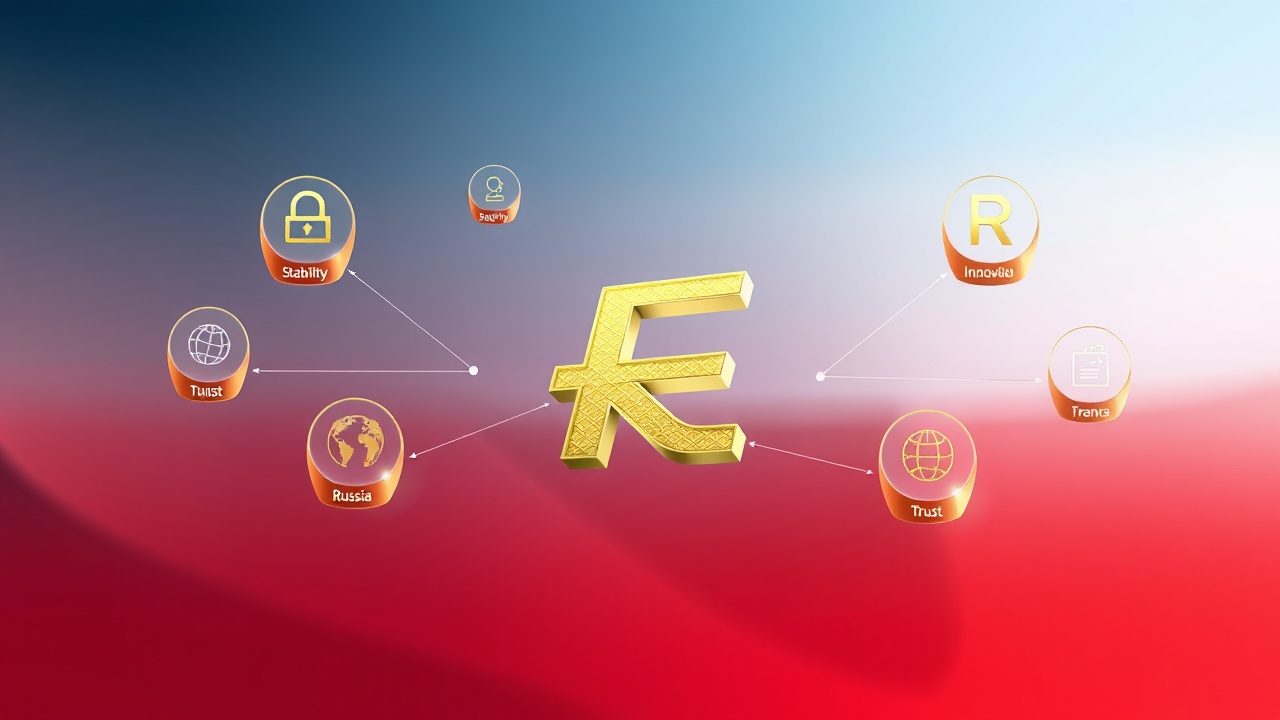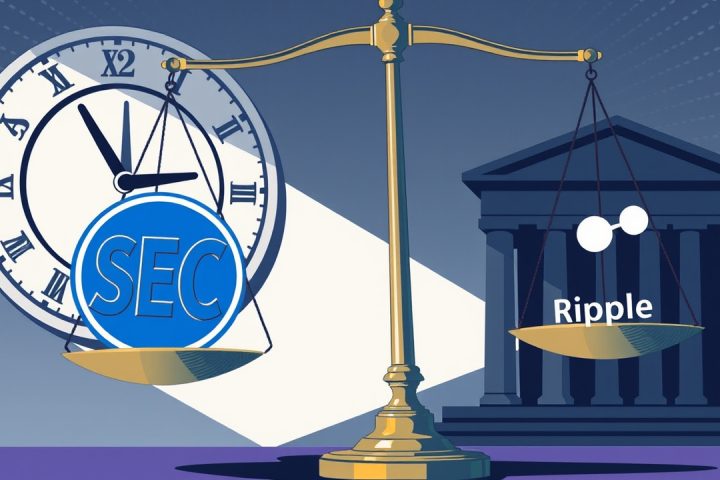Overview of the Blockchain Forum
At the recent Blockchain Forum held in Moscow, the notion of a stablecoin pegged to the Russian ruble gained significant attention from industry leaders.
Keynote Highlights by Sergey Mendeleev
Sergey Mendeleev, founder of the digital settlement platform Exved, presented a compelling vision for a ruble-backed stablecoin during his keynote speech on April 23. He outlined seven essential design features necessary for this new currency.
Mendeleev emphasized that a futuristic ruble stablecoin must:
- Facilitate untraceable transactions.
- Allow transfers without Know Your Customer (KYC) verification.
However, he expressed doubts regarding the swift emergence of such a project due to the necessity for compliance with existing Russian regulations.
Design Features and Liquidity Concerns
Drawing inspiration from the Dai stablecoin model, Mendeleev advocated for the stablecoin to be overcollateralized, ensuring that purchasers can trust in the backing of tangible assets.
This would allow buyers to verify their investments through straightforward crypto methods.
Mendeleev pointed out that both centralized and decentralized exchanges should have ample liquidity for the stablecoin, enabling users to convert their holdings as needed. Furthermore, it should provide users with opportunities to earn interest, facilitated by smart contract technology.
Concerns About Centralization
Centralization remains a concern for Mendeleev, who insisted that the stablecoin’s design must include:
- Inexpensive and anonymous transactions.
- Exclusion of freezing or blocking capabilities through smart contracts.
He underscored the importance of aligning the stablecoin with Russian legislation, which he viewed as problematic under the current regulatory environment, favoring centralization over liberalization.
The objective should be to blend these seven elements to create a compelling alternative capable of rivaling existing market solutions.
Technological Feasibility and User Trust
Despite regulatory hurdles, Mendeleev noted that technological feasibility is attainable, mentioning that while anonymity poses a challenge, many other components are manageable and have been implemented successfully in different projects.
He highlighted innovative projects such as the ruble-pegged A7A5 stablecoin and unblockable contracts offered by DAI as examples of feasible accomplishments.
However, he reiterated the necessity of building user trust, which is crucial for a ruble stablecoin to stand up against established alternatives like USDT.
Regulatory Developments in Russia
Reports have surfaced indicating that a deputy head of the Russian Ministry of Finance has called for the development of ruble stablecoins. Meanwhile, the Central Bank of Russia is advancing its initiative on a central bank digital currency known as the digital ruble, which Finance Minister Anton Siluanov indicates will be prepared for commercial banks by the latter half of 2025.




